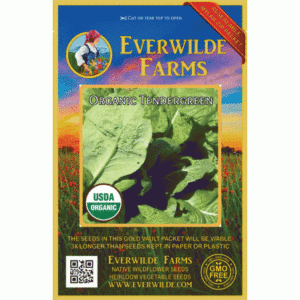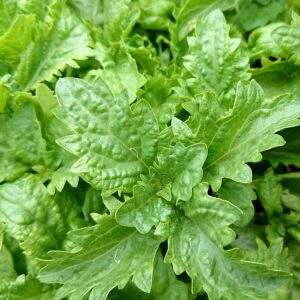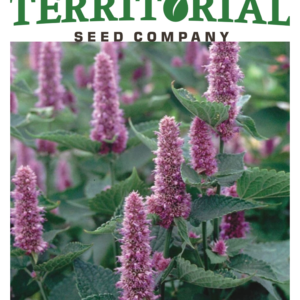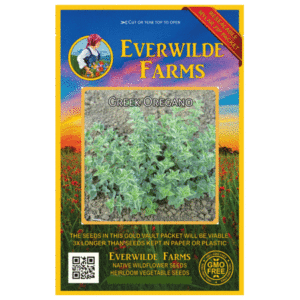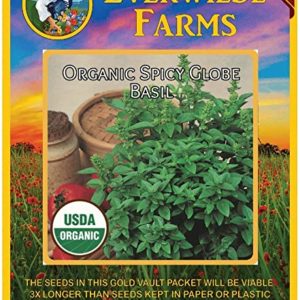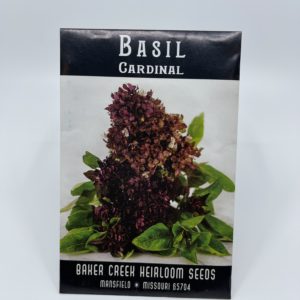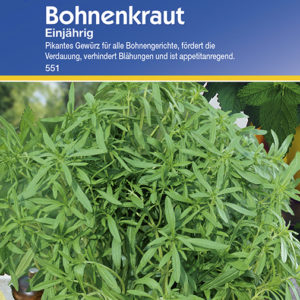المجموع: 1,250 د.ك
The coriander plant, whose leaves are known as cilantro, is native to the Mediterranean and Middle Easter countries; it is believed to be one of the earliest spices used by man. Early physicians such as Hippocrates used coriander primarily as an aromatic stimulant or to disguise the taste of unsavory medicines. Nearly every part of this herb has a culinary use; in Thai cuisine, the roots flavor spicy sauces, while the cilantro leaves season and garnish Chinese, Vietnamese, and Mexican dishes. The coriander seed is used in candy, specialty breads, sauces, desserts, and even perfumes. In Tudor England, coriander seeds coated with sugar were known as “comfits” and became a popular treat.
Sowing: Though coriander thrives in rich, well drained soil and full sun, it will tolerate some shade. Gardeners in warm climates may have the best success with cilantro coriander plant seeds by planting it at any time from September through February, since it is a cool weather plant. It can also be planted as soon as possible in the spring, or after the heat of summer as a fall crop. Since this herb does not take transplanting well, direct sow the seeds 1/2″ deep in rows 18-20″ apart; thin the seedlings to 12″ apart as soon as they develop leaves. Germination usually takes 2-3 weeks. For a continuous harvest, plant a new crop every 2-3 weeks. Coriander does not do well as a container plant because of its large taproot.
Growing: Keep the plants well watered, and control weeds. Coriander can survive even hard frosts, while several days of temperatures above 75 degrees F will cause it to flower immediately and produce leaves that have a very bitter taste. Applying a layer of mulch may help keep the roots cool and delay bolting.
Harvesting: Harvest the leaves of the plant, known as cilantro, as needed; the secondary, feather-like leaves cannot be eaten because of their bitter taste. Cilantro coriander plant seeds can easily be gathered as soon as they ripen to a straw color; remove the seed heads and let them dry completely, then thresh to remove the seeds. Store in an airtight container. The seeds can also be used when still green for a slightly different texture and taste.
Seed Saving: About 2-3 weeks after the plant flowers, the seeds will begin to develop. Pick the seed heads when they ripen to a straw color, then spread them out to dry in a protected location away from direct sunlight. Thresh to remove the cilantro coriander plant seeds from the stems, and store in a cool dry place.
Common Names: Cilantro, Coriander, Chinese Parsley
Latin Name: Coriandrum sativum
Type: Open Pollinated, Heirloom, Cool Season|Warm Season
Life Cycle: Annual
USDA Zones: 3, 4, 5, 6, 7, 8, 9, 10, 11, 12
Seeds per Ounce: 5,000
Planting Method: Direct Sow
Sunlight: Full Sun
Height: 20 Inches
Color: Green
Bloom Season: Blooms Late Summer, Blooms Early Fall
Uses: Aromatic


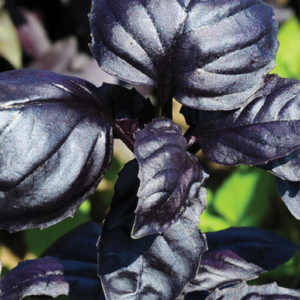 Amethyst Improved Basil
Amethyst Improved Basil 


